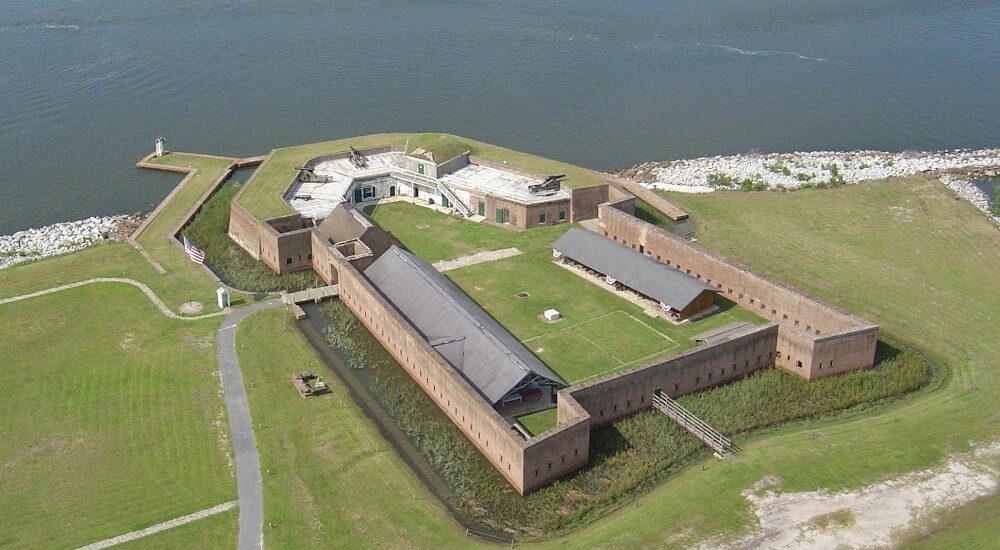Welcome to Old Fort Jackson, a storied sentinel standing proudly on the banks of the Savannah River in Georgia. As the oldest standing brick fortification in the state, Old Fort Jackson holds a crucial place in American history. Construction of the fort began in 1808, overseen by a young West Point graduate named William McRee. The fort was named in honor of James Jackson, a prominent political figure in Georgia who was instrumental in the state’s early development.
Completed in 1812, Old Fort Jackson was part of the Second System fortifications, a series of coastal defenses built to protect the United States against naval attacks. Its strategic location was intended to guard Savannah, a vital port city during the War of 1812. As you stroll through the fort, imagine the soldiers who once stood where you stand, their eyes scanning the horizon for incoming threats.
During the American Civil War, Old Fort Jackson played a significant role as the headquarters for the Confederate defenses along the Savannah River. Confederate troops garrisoned the fort, defending the city against Union forces until December 1864, when General William Tecumseh Sherman captured Savannah at the end of his infamous March to the Sea. The fall of Savannah marked a turning point in the Civil War, as it was offered to President Abraham Lincoln as a Christmas gift.
After the war, Fort Jackson was largely abandoned and fell into disrepair. In 1975, the Coastal Heritage Society took over its management and began restoration efforts, preserving it as a National Historic Landmark for future generations to explore and learn from. Today, visitors can experience interactive exhibits and daily cannon-firing demonstrations that bring history to life, providing a glimpse into the past and the fort’s role in significant military conflicts.
As you walk through Old Fort Jackson, take in the sweeping views of the Savannah River. Picture the CSS Georgia, an ironclad gunboat, once moored opposite the fort, ready to defend the city. The stories of soldiers, battles, and strategic defenses echo through the walls, offering an immersive journey into the annals of American history.






